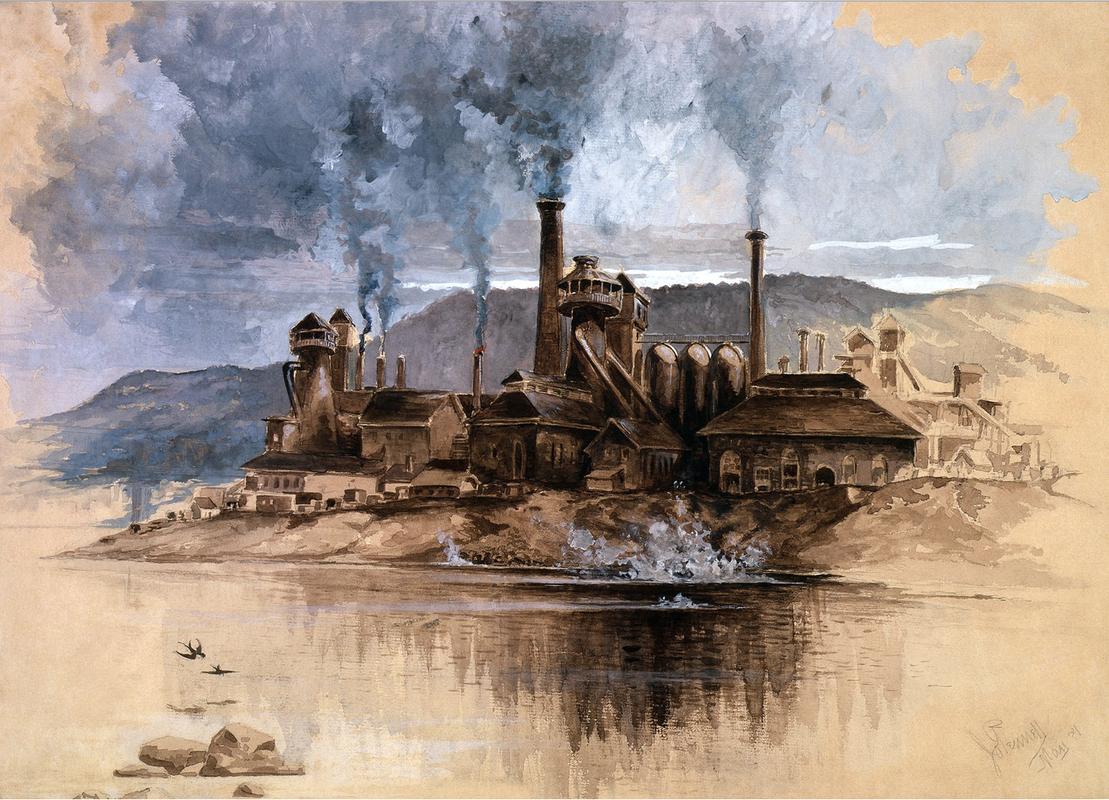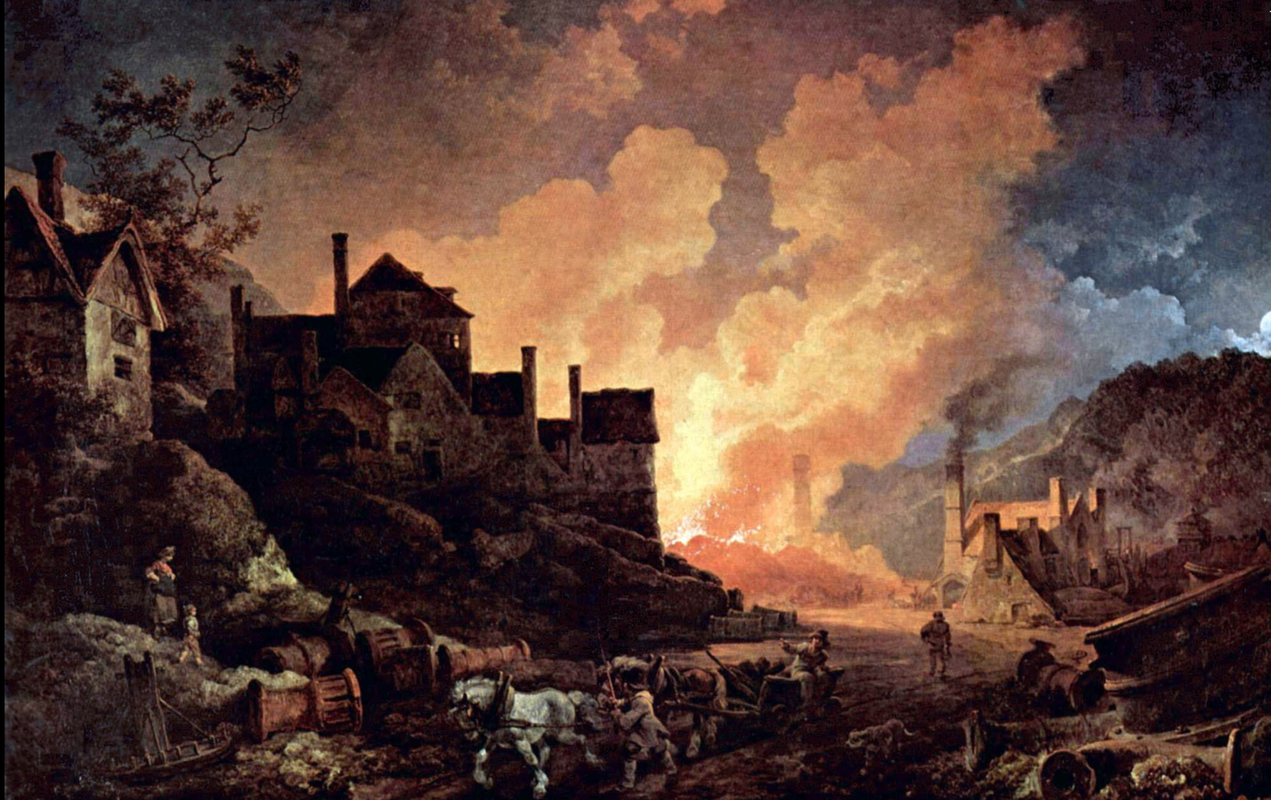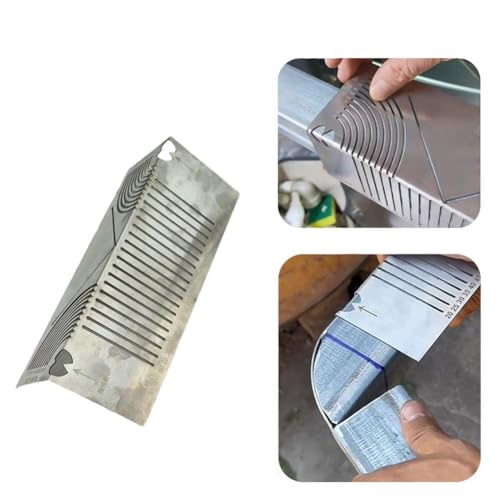When burning waste oil, the first must is having an afterburner to burn the unspent fumes. Never violate laws.
As for the burner, there are several ways one may do this.
I like an adjustable pressure means. Air works well. When I was melting, I always ran a filter so the tip did not get plugged. If it did, I cranked up the air till it blew through. In the 90s I had to put the oil in a heater. I could not screen it cold. Some times setting on a wood stove, uncapped of course. A tank heater on the compressed oil tank helps flow.
Now I use diesel fuel, as I get raided-inspected. All the law requires is one have an inspection. And records. Bah on that.
Back in the 90s, Kerosene is a byproduct of making gasoline, so in Indiana, they about gave it away. I started using that, opposed to propane.
In Indianapolis Charlie ran an induction furnace. That was great.
Having the fluid flow through a tip that has a needle is nice too. Once it plugs, your hurting. One can design a tip with a needle valve that screws out. This enlarge the orfice to clear it. That requires a right angle blow pipe. If running two burners, that is how it is made anyway.
Larger furnacea use two burners. That way they ignite each other. Otherwise you have a dead spot where the burner goes in at. It takes about a foot for the fuel to atomize and ignite.
I weld a slug on the end of the blow pipe with an 1.250" reducer hole in a 2.5" pipe to make turbulance.
My first furnace, dad used a threaded end, with replacable tips he beat closed to about 3/8". Then propane was fed through a pipe. I incert a mixer like in a torch head for propane now.
But liquids must inject at before a reatricted tip.
Some people use a gear drive pump from a fuel oil furnace. They get hot.
I pour when I cannot see the iron with bear eyes.
It takes some fidling and figuring out. But alot of people melt and cast grey iron. The trick is machinable iron.
If I had my life to do over again, I would cast proto types and one offs, then make plates and let the big foundries pour it. There is really no money in it. Just the access is all there is. That is what my custombers did. In the 90s, people started having my best gravy parts made across the waters, I think Taiwan. That killed me. Without gravy jobs, models were pretty poor income.
The local scrap yard, owned by Mr Silverstein and DeJode, Dutch for the Jew, says all the foundries are now in Turkey. Which actually means more in percentage. We still have foundries in Iowa. China melts, they even have ingot foundries on ships in international waters.
John Deere use to have the largest mobile foundry in the world. An Imduction furnace on tracks.
Story has it they sold insurance, and one of the high ups walked into the foundry, and said, "We have to get riid of this", and that closed the foundry.
I had a neighbor lady whose husband worked at the Maytag Foundry, he died of silicosis.
The foundry in Perry Iowa who had cast the scale Detweiler JD and the JD carts for Bob Cambell now makes Ford axles and other manufacturers parts.
















